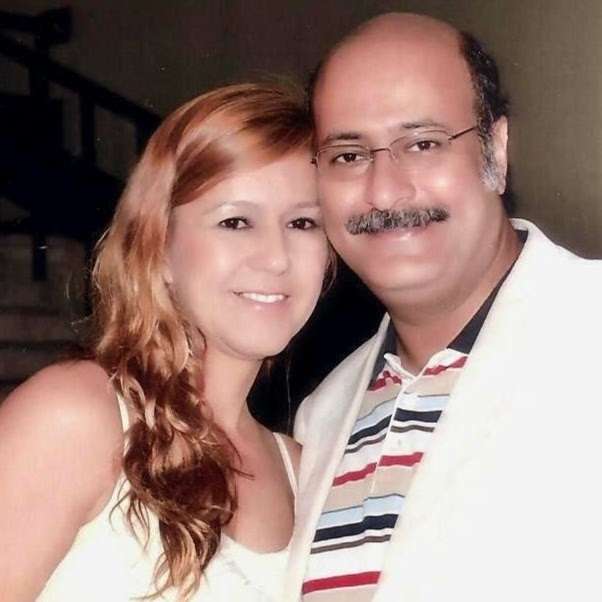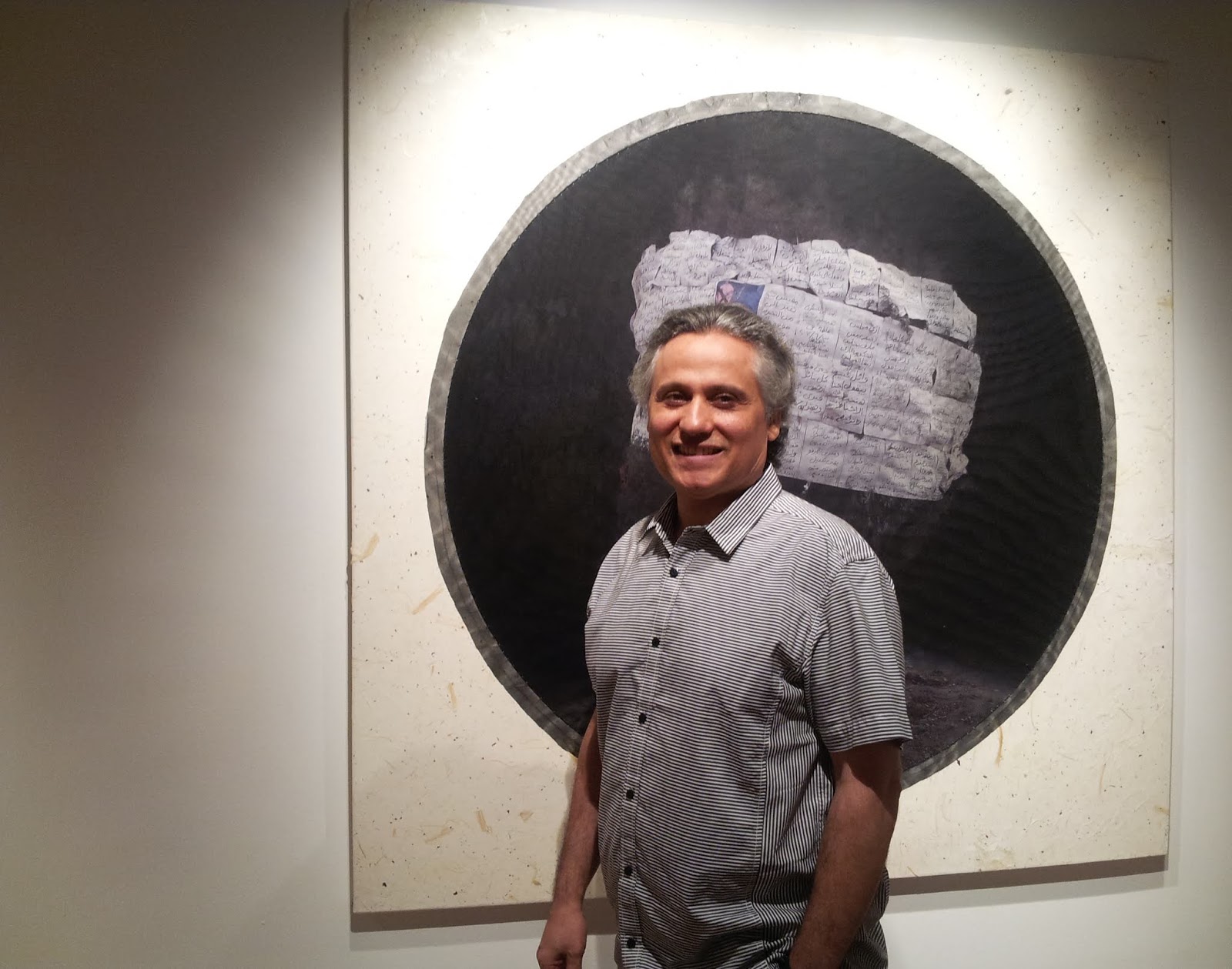Nicknamed “The Cinderella of Egyptian cinema”, Egyptian
actress and performer Soad Hosny was born in Cairo, 1943 only to become one of the
most beloved sex symbol in the Arab World. Hosny ascended to stardom in the end
of the 1950s, starring in more than 83 films between 1959 and 1991. With her
beautiful Egyptian face, Hosny had great screen presence with an unprecedented
talent that made it easy for her to personify various characters in addition to
her dancing and singing in many musical numbers throughout her classic films.
Her Lolita/femme fatale beauty can be compared to that of Marilyn Monroe in the
Western world given her numerous screen appearances in titillating roles using
her seductive aesthetics that many directors and cinematographers competed to
showcase on screen.
dramatically ended. It was rumored that during her last years she has fallen
into depression due to health problem and due to the box office under-performance
of her last two films The Third Class (1998) and The Shepherd and the
Women (1991), the latter was directed by one of her ex-husbands, the
renowned director Aly Badrakhan. In 2001, she was found dead under the balcony
of an apartment she used to rent in London. Many critics and journalists in the
Egyptian media speculated that she committed suicide while others claimed that
she might be killed by people who wouldn’t let her reveal her recorded memoirs.
Regardless the truth about the mystery of her death, Hosny’s films and songs
are still popular among the young and elder generations of viewers across the
Arab world. She was – and will be – always an immortal figure for inspiration. Back
in 2006, Soad Hosny was portrayed in two Ramadan series. The first was El
Cinderella based on her life, where she was portrayed by current
Egyptian star Mona Zaki and also El-Andaleeb, another biographical
series about singer Abdel-Haleem Hafez, where she was played by Dream TV
presenter Nadia Hosny.
Street, London, Egyptian contemporary artist Mohamed Abouelnaga revived the
beauty of Soad Hosny for the first time across the medium of fine arts,
particularly painting and photography. Using his brushes and mixed media
techniques on cinematic frames taken from the most memorable scenes where the
Cinderella shined on, Abouelnaga exhibition will be an opportunity for the
Western world to rediscover the multiple aspects of Hosny’s talents, twelve
years after her mystical death in London. After curating many shows in
Bibliotheca Alexandria and also the latest Alexandria Biennale 2009, Abouelnaga
moved two years ago to Doha in Qatar to work as an artistic director of Qatar
Visual Art Center. But his curatorial practice did not stop him from continuing
his works as a painter. Soad Hosny is third exhibition in a row this year. Sherif
Awad discussed with Abouelnaga his artistic motives behind resurrecting Soad
Hosny on Canvas.
the history of Egyptian cinema. Why did you choose Soad Hosny in particular to
be the star of your exhibition?
in Hollywood. She combined a handful of aspects that made her a role model of a
young Egyptian girl who gets her own freedom to express herself through acting,
singing and dancing. For my generation, when we were in our teen years during
the 1970s, she was like the women of our dreams. Her films lasted weeks and
weeks in cinemas because we used to go and see each film several times. Each
director she worked with has succeeded to showcase a facet of her talents, from
romance with Fatin Abdel-Wahab to realism with Salah Abou-Seif to the character
study with Youssef Chahine until she excelled in Hassan El-Imam’s musicals. I
can say that many of Soad Hosny’s roles and films can narrate the recent
history of Egypt.
represent to the visual artist in you?
since my art is not isolated from my life experiences. Soad Hosny was my dream girl that inspired romance
and innocence during the teen years. She also became an icon representing the
beautiful Egyptian woman and the beautiful voice performing songs written by
Egyptian poet Salah Jaheen where he reflected liberty and love. Hosny and her
career represents the liberty and the beauty that Egypt witnessed during the
1960s which is quite the opposite of
what’s going was going on during the last two years with these voices that try
to oppress women and censor artistic creativity.
your Soad Hosny paintings?
represented several layers of the Egyptian society after the 1952 revolution.
particularly the sixties and that’s what I tried to show by taking still
photography from her memorable films then printing it on canvas then working on
it using different acrylic colors in addition to layers of lightweight materials
like silk and tulle. I did not want to make a detail images of the aesthetics
of Soad Hosny as a woman , but I wanted to create profound expression on her
face.
Hosny’s death in the same city?
or in Cairo. Then, I decided to inaugurate it in London where Soad Hosny’s life
came to its tragic end. The location has a dramatic value: this is where she
choose to be her hideaway during her last days.
and not old magazine covers or photographic pauses to be the base for your
paintings?
was made either for showing Soad Hosny’s charms or for promotion purposes. On
the other hand, there are thousands of snapshots that can be taken from her
film where her expressive talent can be rediscovered and illustrated. Hosny had
great presence on the screen with her cute face and beautiful eyes and also
showed great body language in her acting and dancing. So that’s was my journey
through Soad Hosny’s frames and films to extract these moments.
disgraceful right now across our Egyptian society?
appreciated beauty that’s why many other stars shined before Soad Hosny like
Heind Rostem and also after Hosny like Naglaa Fathy and Mervat Amin.
Unfortunately, our society was subjected to many fundamentalist waves that
censored arts and also changed the way people conceived a painting or statue.
Egyptian cinema of the 1980s and the 1990s did not have this equilibrium
between onscreen beauty and good acting. Many actresses of the current
generation retired or went to the veil because they did have enough talent to
show alongside their aesthetics. That’s why Soad Hosny will remain an icon of
beauty and talent when they come together.


